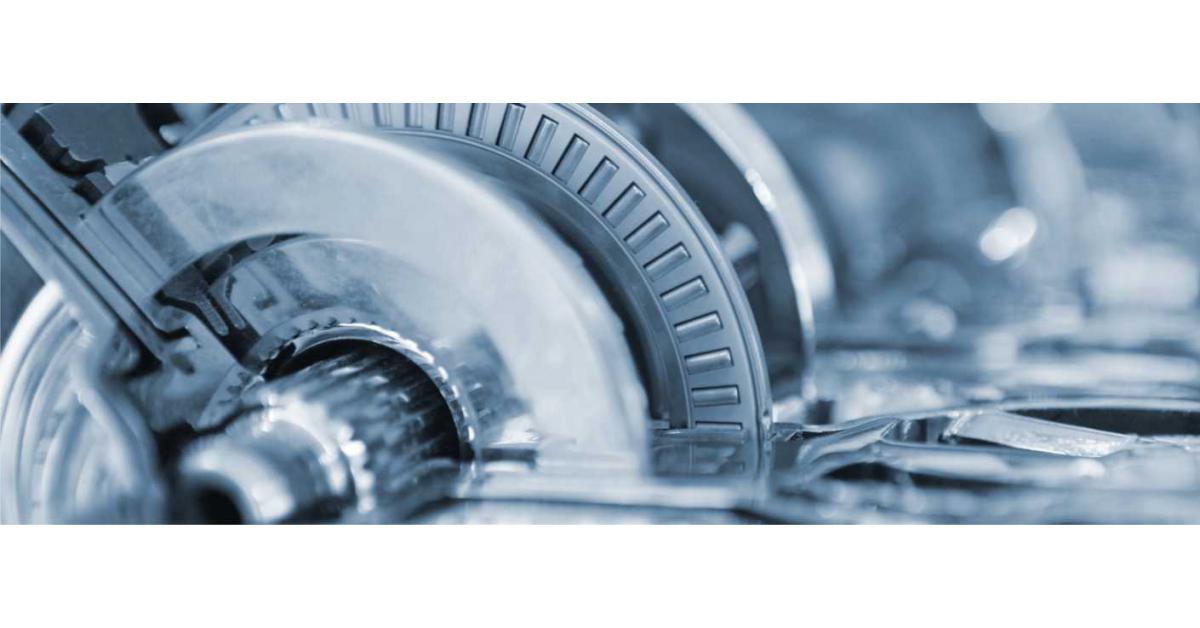Die casting is a process used in manufacturing to produce complex metal shapes with high precision/'>precision and consistent quality. It is a highly automated process that combines advanced technology with skilled craftsmanship, resulting in final products that meet even the most demanding performance standards. In this blog post, we'll explore what die casting is, how it works, and what types of products can be made with this process.

What is Die Casting?
Die casting is a manufacturing process in which molten metal is injected under high pressure into a mold or die cavity to form a specific shape. The mold or die is typically made of two halves, each of which is designed to create a specific part of the final product. Once the molten metal is injected into the die, it solidifies quickly, resulting in a final product that is highly accurate and consistent.
How does Die Casting Work?
Die casting begins with the creation of a mold or die cavity. This is typically done using two pieces of tool steel that have been machined to the desired shape. These two pieces are then clamped together, creating a space between them that will be filled with molten metal. The two halves of the mold are designed to form the specific shape of the final product, and they must fit together precisely to prevent any leaking or deformation during the casting process.
Once the mold is prepared, molten metal is injected into the die cavity under high pressure using either a hot- or cold-chamber machine, depending on the type of metal being cast. The molten metal fills the cavity and solidifies quickly, taking on the exact shape of the mold. After the metal has cooled and solidified, the mold is opened, and the finished product is removed.
What Products can be Made with Die Casting?
Die casting can be used to produce a wide range of products, including automotive parts, electronic components, medical devices, and even toys. The process is especially useful for creating complex parts with intricate shapes, and it is often used to produce products that require high strength, tight tolerances, and exceptional surface finishes.
Some common applications of die casting include:
Automotive Parts: Die casting is used to produce many of the components found in modern automobiles, including engine blocks, transmission cases, and suspension parts.
Electronic Components: Die casting is often used to produce complex parts for the electronics industry, including housings for smartphones and other mobile devices.
Medical Devices: Die casting can be used to produce high-quality medical devices, including surgical instruments and implants.
Toys: Die casting is also used to produce high-quality toy cars, airplanes, and other children's toys.
In conclusion, Die Casting is a highly advanced and automated manufacturing process that produces high-quality metal parts with exceptional accuracy and consistency. It is a versatile process that can be used to create a wide range of products, from simple components to complex assemblies. If you are in need of high-quality metal parts for your application or product, it's worth considering the advantages of die casting.